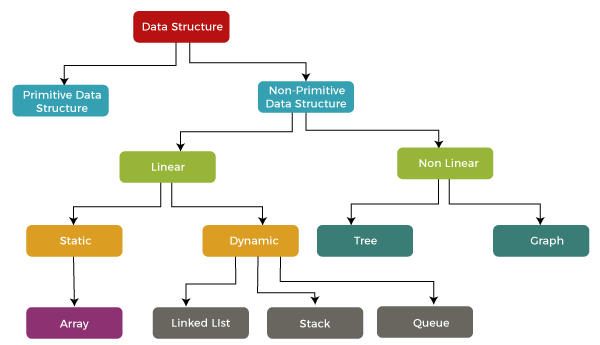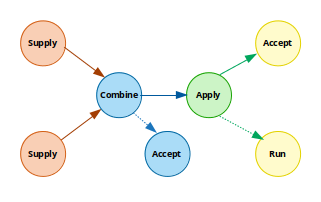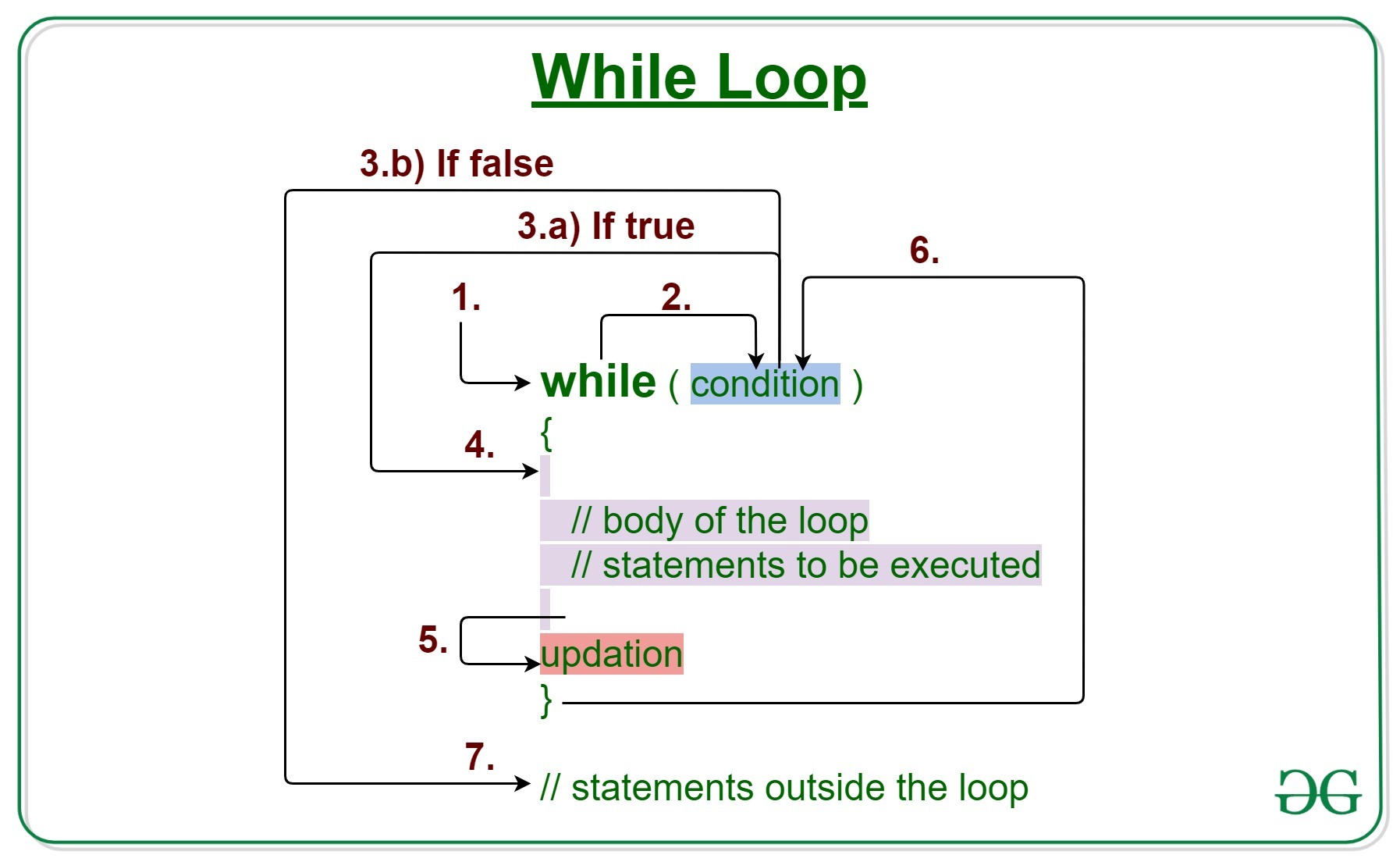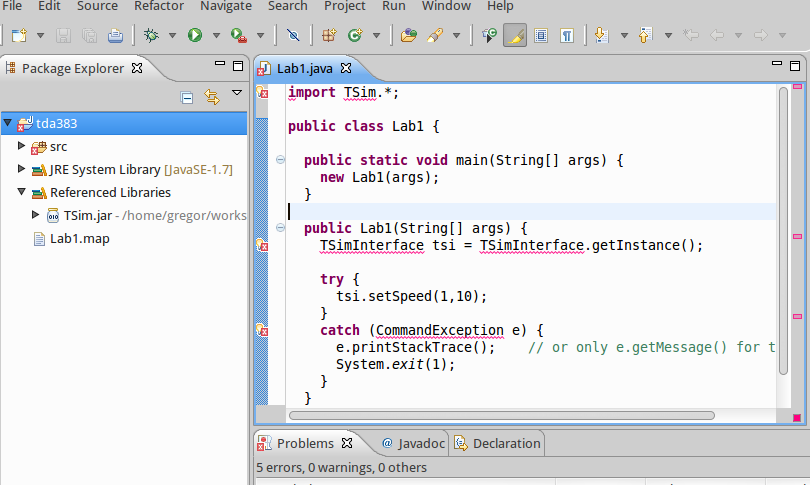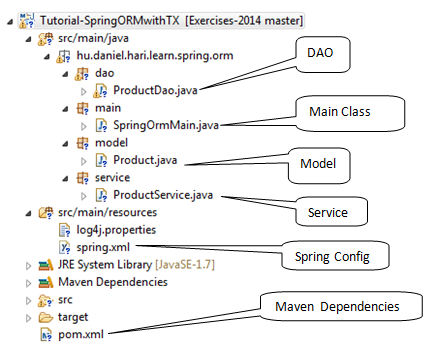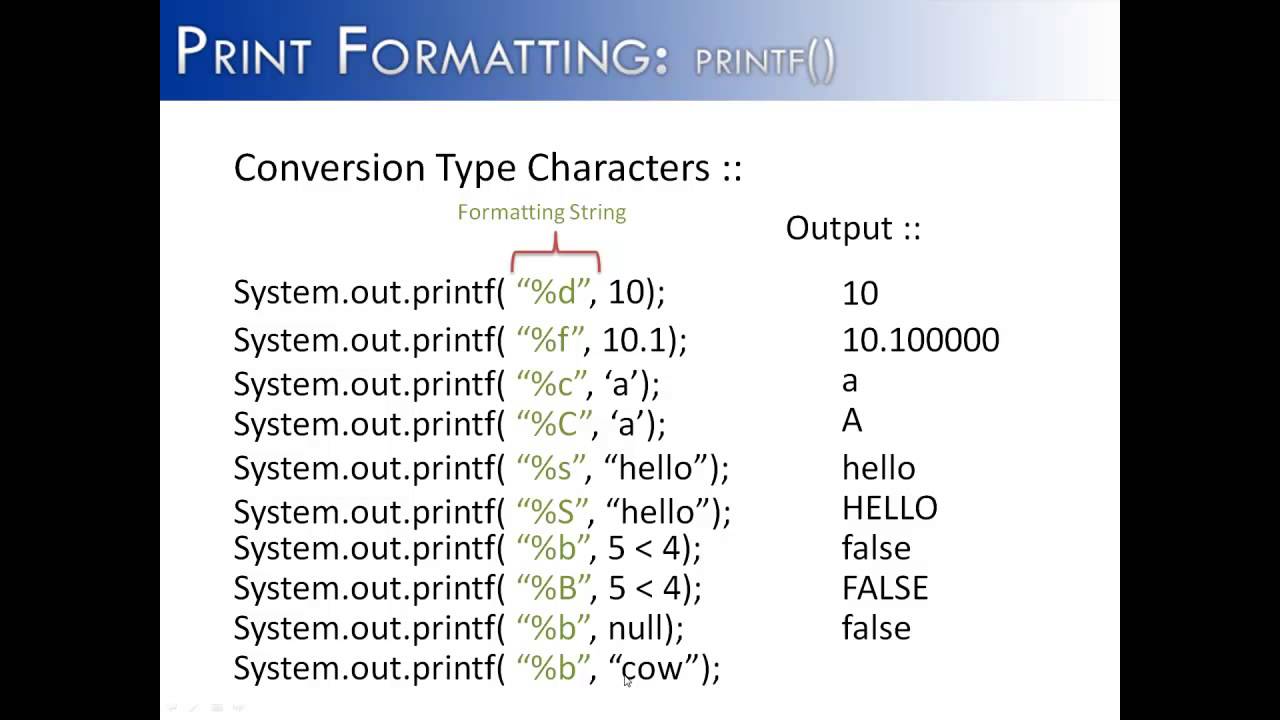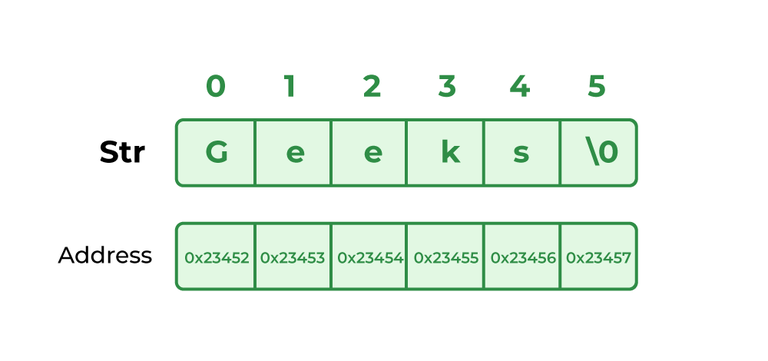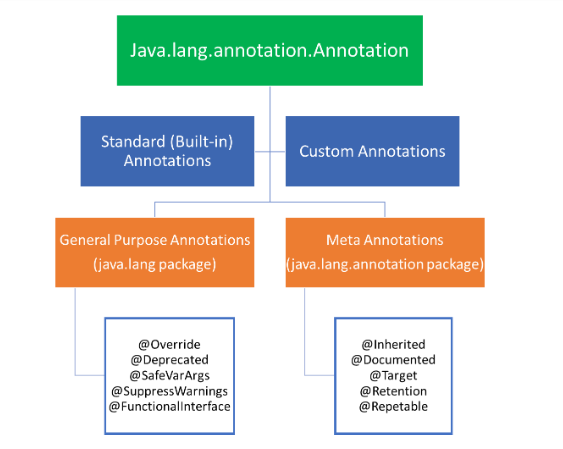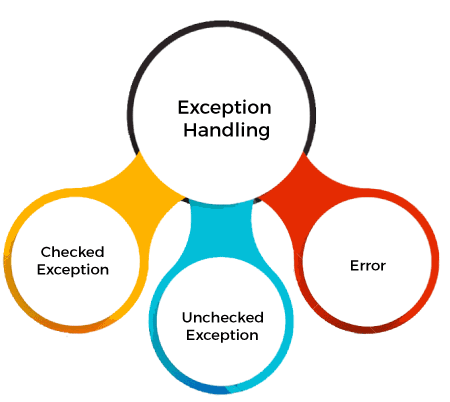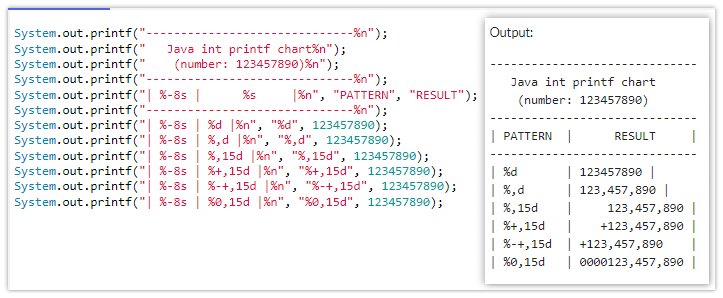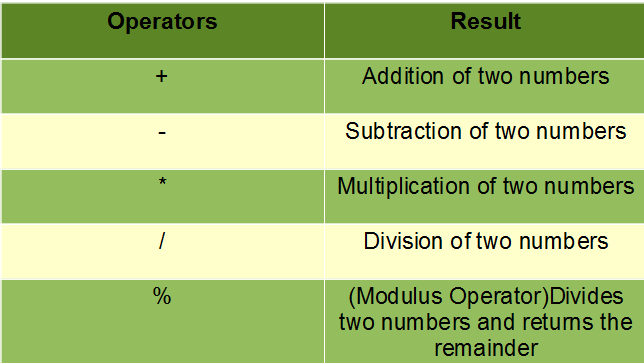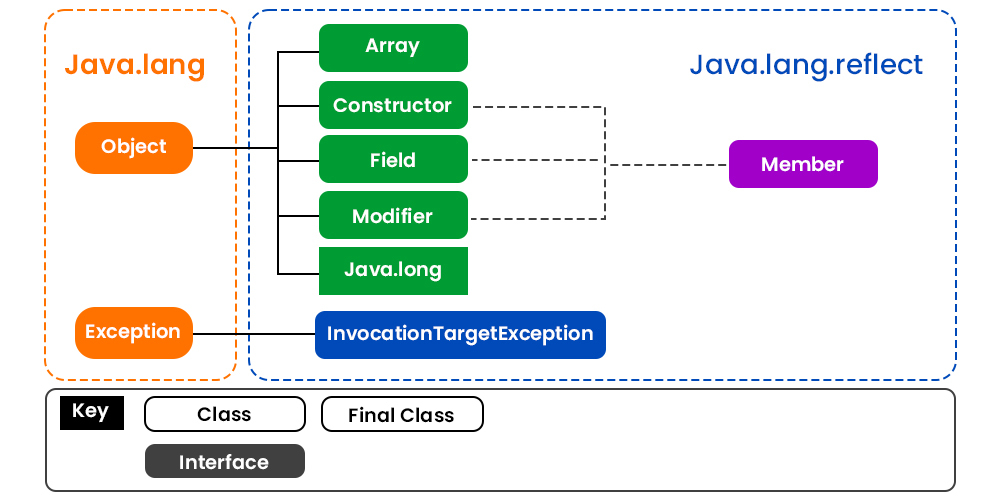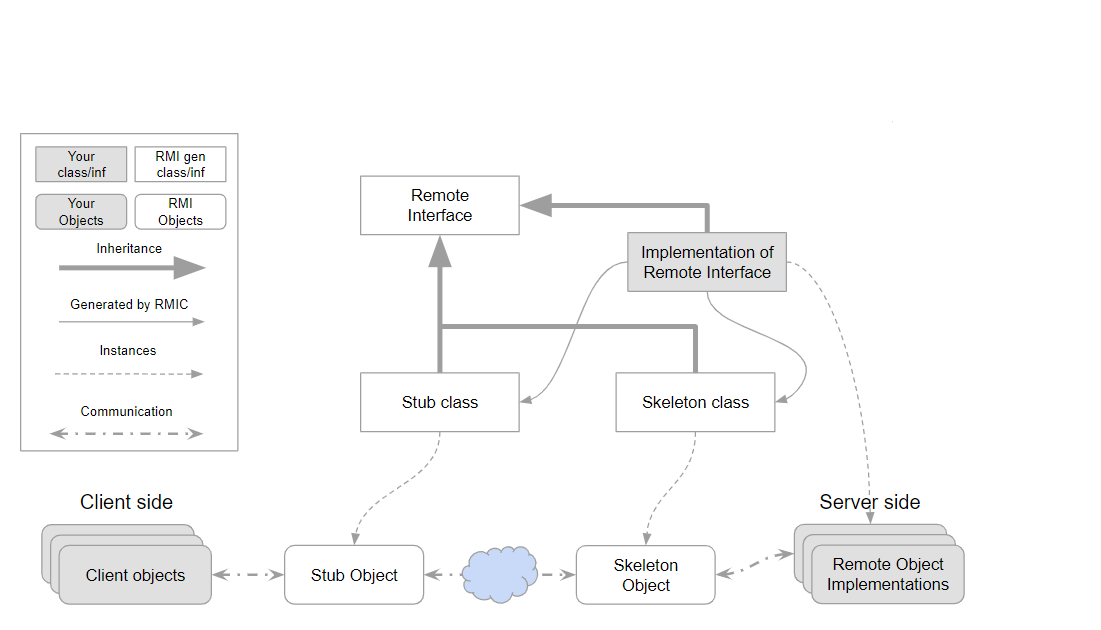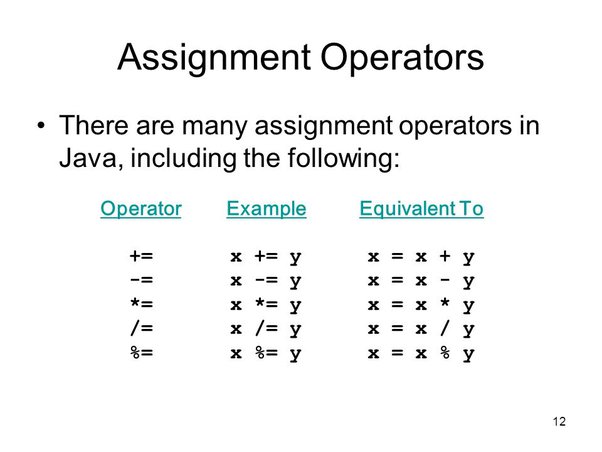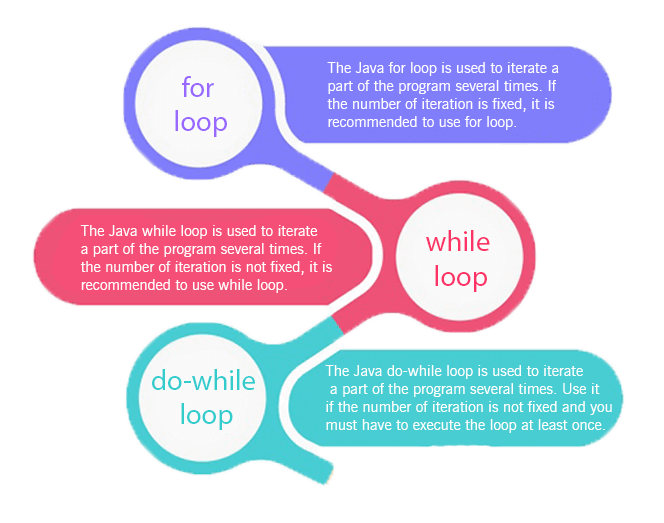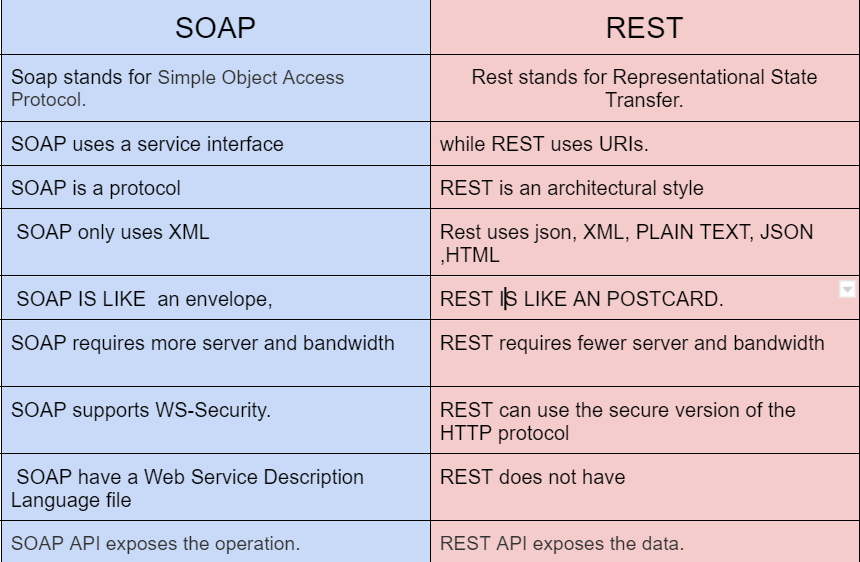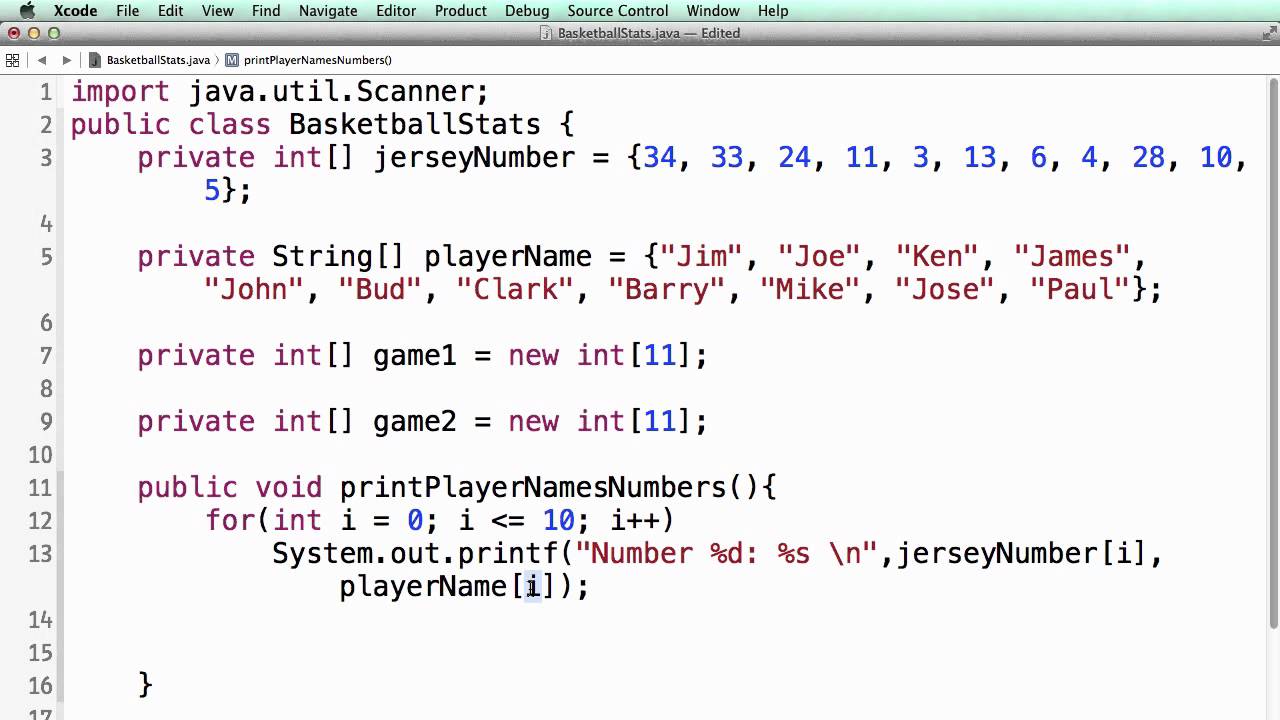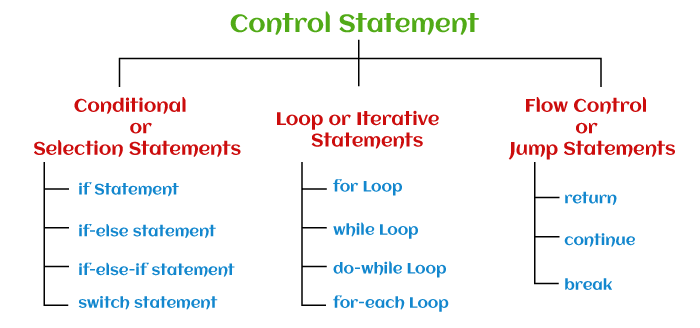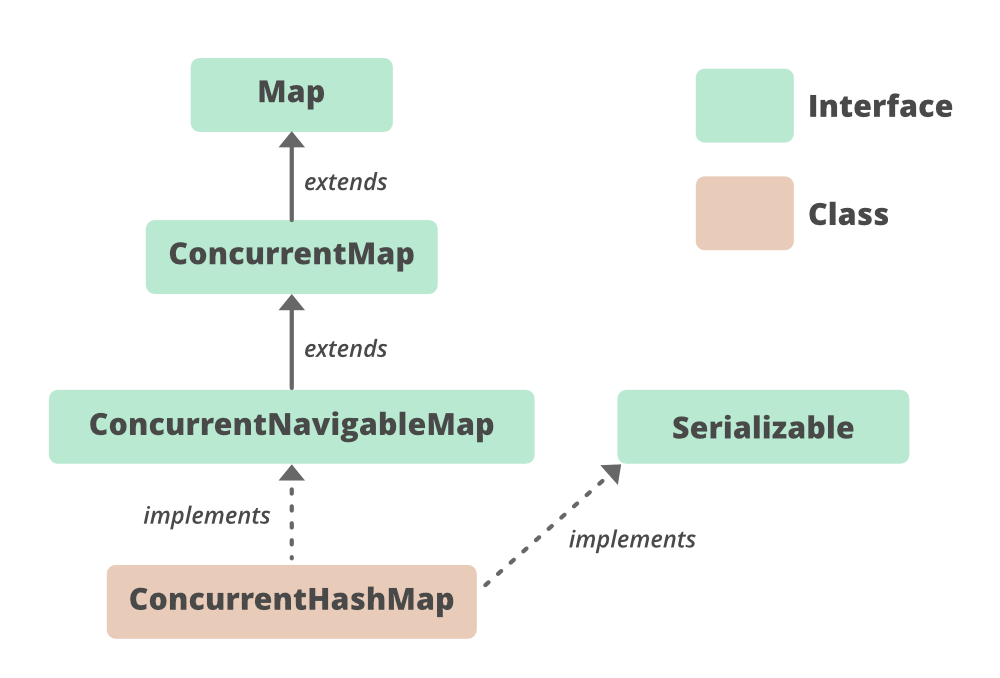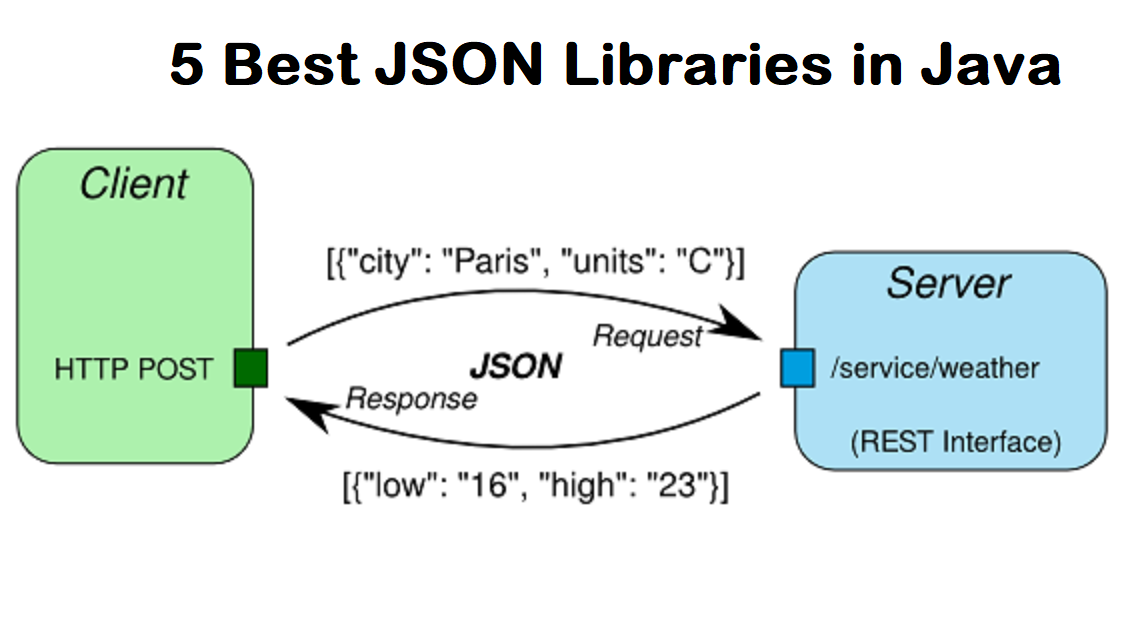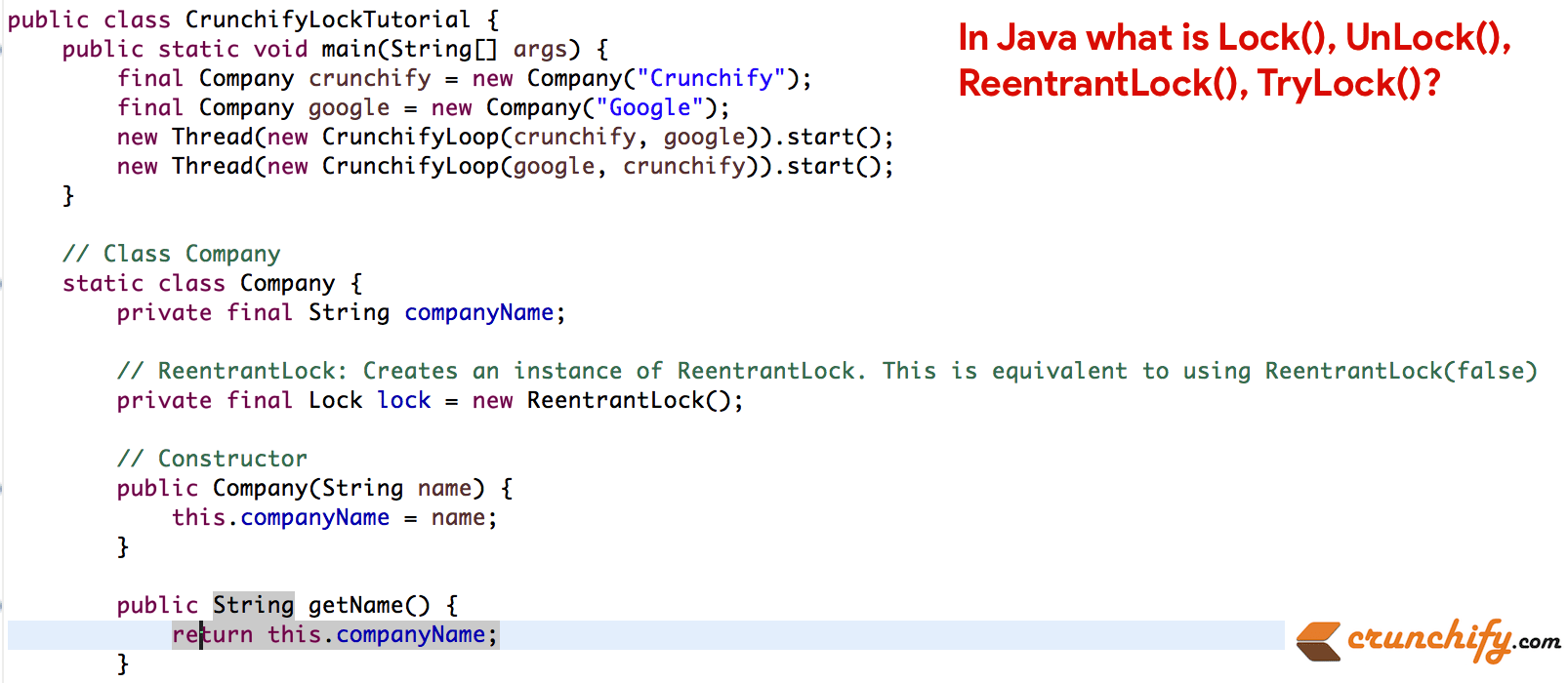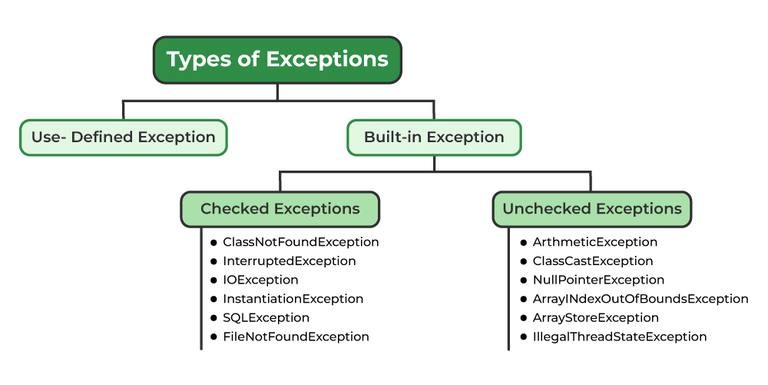Is polymorphism overriding in Java?
Is polymorphism overriding in Java?
I'm glad you asked! Polymorphism is a fundamental concept in object-oriented programming (OOP), and it's indeed possible to achieve polymorphism by overriding methods in Java.
To start with, let's clarify what polymorphism is all about. In OOP, polymorphism means the ability of an object to take on multiple forms. This can be achieved through method overriding or method overloading. In the context of Java, we'll focus on method overriding as it's a more common and powerful technique.
In Java, method overriding occurs when a subclass provides a specific implementation for a method that's already defined in its superclass. The key characteristic of method overriding is that the method signature (method name, return type, and parameter list) must be identical to the one inherited from the superclass. This ensures that the overridden method can be invoked as if it were the original method.
Now, let's examine an example to illustrate how polymorphism works through method overriding in Java:
class Animal {
public void sound() {
System.out.println("The animal makes a sound.");
}
}
class Dog extends Animal {
@Override
public void sound() {
System.out.println("The dog barks.");
}
}
public class Main {
public static void main(String[] args) {
Animal myAnimal = new Animal();
myAnimal.sound(); // Output: The animal makes a sound.
Animal myDog = new Dog();
myDog.sound(); // Output: The dog barks.
}
}
In this example, we have an Animal class with a sound() method. We then create a Dog class that extends the Animal class and overrides the sound() method to provide its own implementation.
When we create instances of both classes and call the sound() method on each, Java's polymorphism allows us to invoke the overridden method as if it were the original method. This is demonstrated by the output in the main() method: when we call myAnimal.sound(), it outputs "The animal makes a sound.", and when we call myDog.sound(), it outputs "The dog barks.".
Polymorphism through method overriding provides several benefits, including:
Code reusability: By allowing subclasses to provide their own implementations for methods inherited from superclasses, you can reduce code duplication and make your code more maintainable. Improved flexibility: Polymorphism enables you to write code that can work with different types of objects without knowing the specific class of the object at compile time. This makes it easier to add or remove functionality from your classes. Better encapsulation: By hiding the implementation details of a method within a subclass, polymorphism helps maintain encapsulation and reduces coupling between classes.In summary, yes, polymorphism is indeed achievable through method overriding in Java. This powerful technique allows for more flexible and reusable code, making it an essential part of any Java programmer's toolkit.
What are the three types of inheritance in Java?
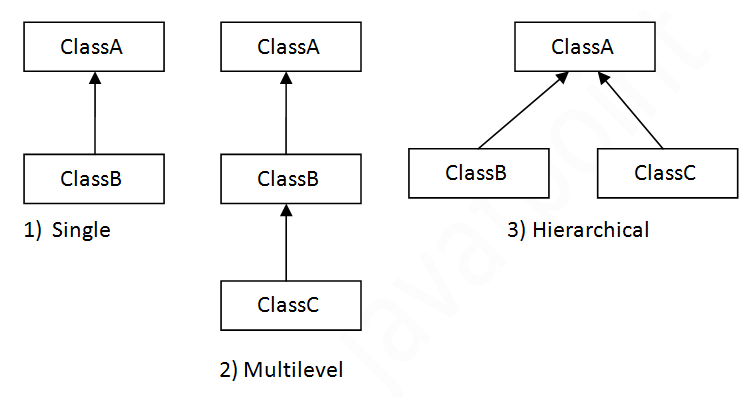
I'll respond in English for once!
In Java, there are three main types of inheritance: Single Inheritance, Multiple Inheritance, and Multilevel Inheritance.
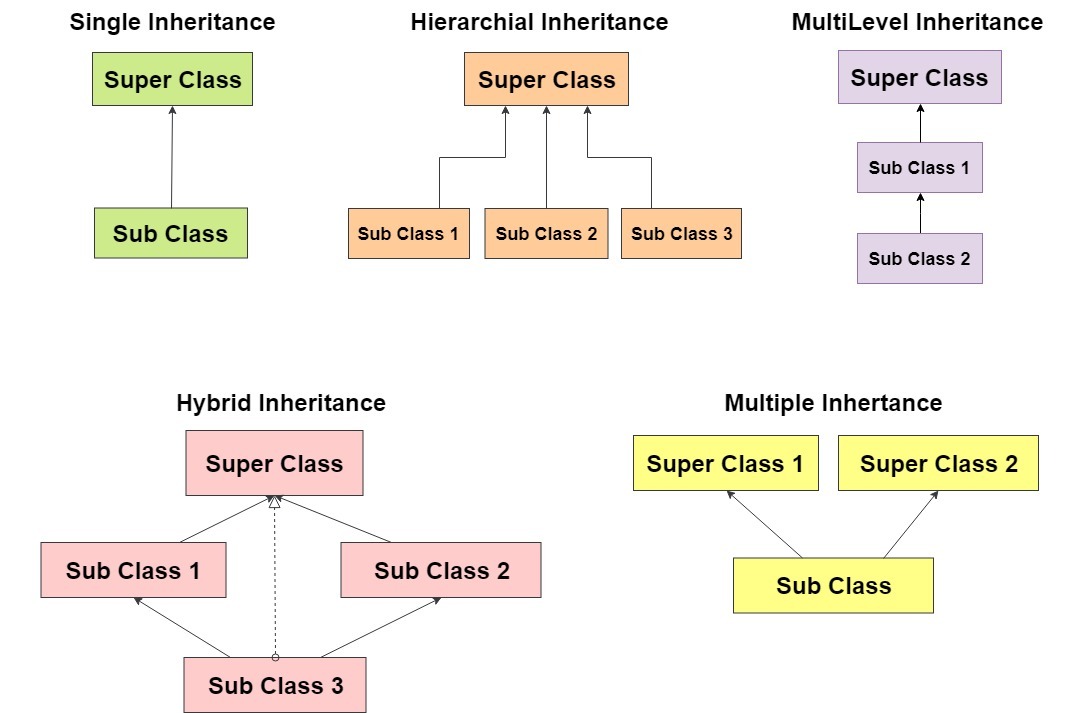
Single Inheritance: This is the most basic type of inheritance, where a subclass inherits properties and behavior from a single superclass. The subclass inherits all the methods and fields of the superclass and can also add new methods or override the ones inherited from the superclass. Here's an example:
class Animal {
public void sound() {
System.out.println("Animal makes a sound");
}
}
class Dog extends Animal {
@Override
public void sound() {
System.out.println("Dog barks");
}
}
In this example, the Dog class inherits the sound() method from the Animal class and overrides it with its own implementation.
Multiple Inheritance: This type of inheritance allows a subclass to inherit properties and behavior from multiple superclasses. However, Java does not support multiple inheritance in the classical sense because of the Diamond Problem (more on this later). Instead, you can use interfaces to achieve similar functionality.
interface Animal {
void sound();
}
interface Mammal {
void nurse();
}
class Dog implements Animal, Mammal {
@Override
public void sound() {
System.out.println("Dog barks");
}
@Override
public void nurse() {
System.out.println("Dog nurses its young");
}
}
In this example, the Dog class implements two interfaces: Animal and Mammal. It provides implementations for the methods defined in these interfaces.
Multilevel Inheritance: This type of inheritance involves inheriting from a subclass rather than directly from the superclass. Here's an example:
class Animal {
public void sound() {
System.out.println("Animal makes a sound");
}
}
class Pet extends Animal {
@Override
public void sound() {
System.out.println("Pet makes a pet-like sound");
}
}
class Dog extends Pet {
@Override
public void sound() {
System.out.println("Dog barks");
}
}
In this example, the Dog class inherits from the Pet class, which itself inherits from the Animal class. The Dog class can override or add new methods as needed.
Regarding the Diamond Problem, it occurs when a subclass inherits conflicting methods from multiple superclasses that share a common superclass. Java's diamond inheritance mechanism prevents this problem by disallowing multiple inheritance in the classical sense (i.e., inheriting from two classes directly). Instead, you can use interfaces to achieve similar functionality, as shown in the Multiple Inheritance example.
In summary, Java supports single inheritance, where a subclass inherits from a single superclass. It also allows for multiple inheritance through interfaces and multilevel inheritance, where a subclass inherits from another subclass.
